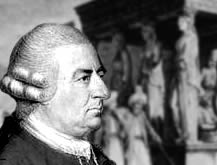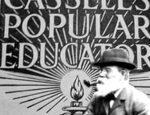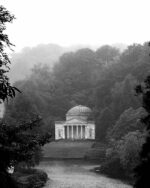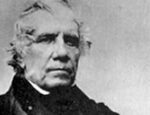Description
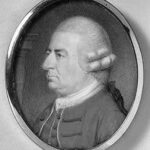 Admire the rise of high-society artist, architect and designer James Stuart (1713-1788), usually known as ‘Athenian Stuart’, from the lowest echelon of the London East End community. Stuart became a pioneer of classical archaeology and art history, his The Antiquities of Athens and Other Monuments of Greece (1762) , published with Nicholas Revett, making him internationally famous. But he had been born into extreme poverty amongst the lowlife, dossers and beggars who then inhabited Creed Lane, Ludgate Street, neart St. Paul’s. His father was a Jacobite, a Roman Catholic, a Scotsman, and ‘a mariner of inferior station’, whose death when James was a boy left the family destitute.
Admire the rise of high-society artist, architect and designer James Stuart (1713-1788), usually known as ‘Athenian Stuart’, from the lowest echelon of the London East End community. Stuart became a pioneer of classical archaeology and art history, his The Antiquities of Athens and Other Monuments of Greece (1762) , published with Nicholas Revett, making him internationally famous. But he had been born into extreme poverty amongst the lowlife, dossers and beggars who then inhabited Creed Lane, Ludgate Street, neart St. Paul’s. His father was a Jacobite, a Roman Catholic, a Scotsman, and ‘a mariner of inferior station’, whose death when James was a boy left the family destitute.
James was talented at art, and as a boy managed to support his widowed mother and two siblings by working for a fashionable water-colourist and fan-painter in Britain, Lewis Goupy, of the Strand. At the age of 13 or 14, he was awarded a ‘premium’ (financial prize) for a self-portrait. Some of the fans featured scenes of classical buildings, which may have awakened his interest. Perhaps it was meeting the aristocracy in Goupy’s shop which enabled him to leap into the world of the nobility, and meet the wealthy youths who went on the Grand Tour.
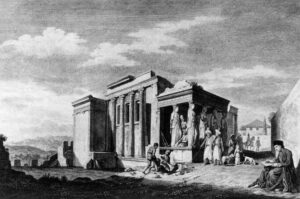 In 1742, after his mother’s death, he set out at last for Italy, walking most of the way. He worked as a tour guide and painter, and studied Italian, Latin, Greek, art and architecture. His first important publication was an illustrated treatise on an Egyptian obelisk. In Rome he met the privileged wealthy Englishman Revett. They they travelled first to Naples and then Greece, where they measured the ancient ruins and made accurate drawings. It was their book The Antiquities of Athens and Other Monuments of Greece (1762), for the first volume of which there were more than five hundred subscribers, which made Stuart’s name and his career. It launched the Greek Revival all over Europe and the burgeoning British Empire.
In 1742, after his mother’s death, he set out at last for Italy, walking most of the way. He worked as a tour guide and painter, and studied Italian, Latin, Greek, art and architecture. His first important publication was an illustrated treatise on an Egyptian obelisk. In Rome he met the privileged wealthy Englishman Revett. They they travelled first to Naples and then Greece, where they measured the ancient ruins and made accurate drawings. It was their book The Antiquities of Athens and Other Monuments of Greece (1762), for the first volume of which there were more than five hundred subscribers, which made Stuart’s name and his career. It launched the Greek Revival all over Europe and the burgeoning British Empire.
Stuart was elected a Fellow of the Royal Society and (remarkably for one of his background) to the supremely elite Society of Dilettanti. He became a consultant on classical architecture and art, designed interiors for the first Earl Spencer, and temples for the gardens at Shugborough Hall. He won a comfortable position and income from his appointment as Surveyor of Works at Greenwich Naval Hospital in 1758. None of his achievements was so impressive as Antiquities of Athens, but it is important to remember that this collaborator on perhaps the most influential architecture book of all time, born in squalor, was an autodidact who received no formal education at all.

